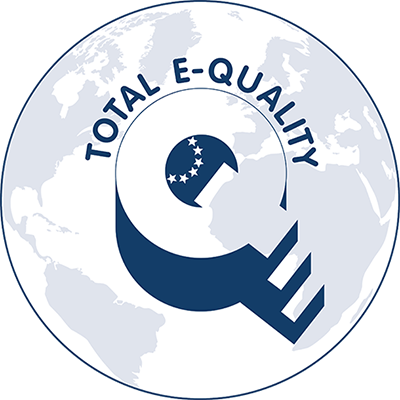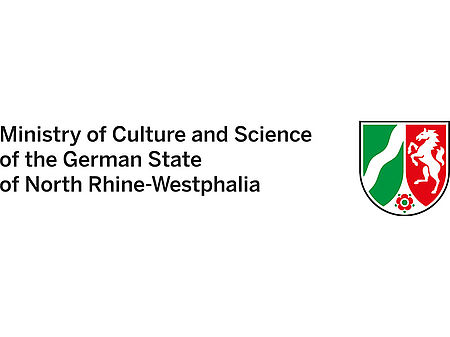PUBLISSO - Repository for Life Sciences: FAQ
Content
- What is a subject repository?
- What does "Open Access" mean?
- Which documents can be published?
- Can documents be deleted or changed?
- How long do the documents remain available online?
- What is a persistent identifier?
- Can the publications be cited?
- What do I have to consider when publishing a second publication of a publication that has already been published by a publisher?
- In which format can I deliver my document?
- Can I merge several PDF files?
- How can I find and view documents on the document server?
- Does copyright law also apply to electronic publications?
- Can I print or save the documents?
What is a subject repository?
A subject repository is a storage location where publications can be published and stored/held in electronic form. In contrast to publication on an institute website, the PUBLISSO - Repository for Life Sciences of ZB MED offers the advantage of
- the reference in library catalogs or in subject portals such as the ZB MED search portal LIVIVO
- indexing by metadata (description of documents such as author:in, title, year of publication, etc.)
- worldwide access to the full texts of the documents in open access
What does "Open Access" mean?
The Budapester Open Access Initiative defines Open Access as follows:
"By “open access” to this literature, we mean its free availability on the public internet, permitting any users to read, download, copy, distribute, print, search, or link to the full texts of these articles, crawl them for indexing, pass them as data to software, or use them for any other lawful purpose, without financial, legal, or technical barriers other than those inseparable from gaining access to the internet itself. The only constraint on reproduction and distribution, and the only role for copyright in this domain, should be to give authors control over the integrity of their work and the right to be properly acknowledged and cited."
A good overview and further information on Open Access can also be found on the website of the Open Access Network.
Which documents can be published?
The following documents can be published:
- Scientific books / book chapters
- Research data / research reports
- Scientific journal articles as secondary publication (postprint / publisher's version) - please note publisher's contract!
- Reports
- Medical guidelines
- Theses, such as dissertations / post-doctoral theses, diploma and master's theses (bachelor's theses only after individual review (please submit with expert opinion / letter of recommendation from the examiners))
- Congress publications / congress proceedings
- Videos (e.g. tutorials, teaching material)
- Other scientific papers after individual review and acceptance by the ZB MED Directorate
The content of the documents should meet the usual scientific quality standards. The ZB MED Directorate reserves the right to refuse publication.
Can documents be deleted or changed?
Documents can only be deleted in special individual cases upon request to ZB MED.
Only the PDF full text will be deleted; the corresponding metadata record is retained. ZB MED deletes the work exclusively in PUBLISSO - Repository for Life Sciences. Distribution on the Internet that has already taken place cannot result in the deletion of any versions downloaded and distributed during the validity of the agreement.
Changes or corrections to already published texts are not possible afterwards. Modified documents are considered new publications and must be re-recorded as such. This guarantees the authenticity of the documents, which are thus comparable to printed publications.
How long do the documents remain available online?
All documents in PUBLISSO - Repository for Life Sciences will be kept available there for at least 10 years and successively added to the Digital Long-Term Archive of ZB MED. For this purpose, the author transfers to ZB MED the right to convert the data of his/her work into other data formats if technical development so requires.
What is a persistent identifier?
Each digital document deposited in the subject repository life sciences is assigned a persistent identifier. Persistent identifiers are unique, location-independent identifiers for digital objects. They remain permanently associated with the document. This ensures unique identification and permanent access over the entire lifetime of a digital object.
The persistent identifier used in ZB MED is the DOI - Digital Object Identifier. The DOI can be used to call up the full text of a document with the help of an Internet-based "DOI resolver" (e.g. on the DOI.org site).
Can the publications be cited?
Electronic publications are in principle equivalent to conventional publications and thus also citable.
Permanent and stable addressing is ensured by the persistent identifier DOI (Digital Object Identifier).
When citing a document, please refer to the DOI displayed in our search portal LIVIVO or in the PUBLISSO - Repository for Life Sciences.
What do I have to consider when publishing a second publication of a publication that has already been published by a publisher?
Publications that have already been published are usually protected by copyright, so that a second publication encroaches on the author's copyright or the rights of use of a publisher, for example.
However, many publishers allow a secondary use in an institutional or specialized repository.
The conditions under which secondary publication is permitted must be determined by the author on a case-by-case basis. This depends on the respective agreements made with the publisher and varies from publisher to publisher.
Information on publishing rights of publishers can be found in the "SHERPA/RoMEO list" or also under the copyright information on the homepages of the publishers (often under the title: "Permissions and Copyright Information").
SHERPA/RoMEO (English): Publisher copyright policies & self-archiving
In which format can I deliver my document?
In addition to PDF format (preferably PDF/A), image and video formats are accepted (e.g. JPG or MP4). For other formats, please inquire.
In the context of long-term digital archiving, it may be necessary for us to transfer your file to other contemporary formats at a later date. For this it is necessary that the documents are neither encrypted nor password protected. Most importantly, printing, document assembly, copying content, and filling in form fields must be set to "Allowed" in the "Document Properties".
Can I merge several PDF files?
ZB MED accepts single or merged files, but also offers the possibility to combine multiple files under one metadata record. In addition, multiple datasets can also be published, each with its own DOI (Digital Object Identifier) and their affiliation represented in the metadata.
How can I find and view documents on the document server?
You can find our electronic publications in our search portal Life Sciences LIVIVO or the PUBLISSO – Repository Life Sciences itself (German only).
Does copyright law also apply to electronic publications?
Copyright law also applies to electronic publications (see also: Act on Copyright and Related Rights (Urheberrechtsgesetz – UrhG))
Can I print or save the documents?
All documents published in Open Access can be printed or saved.
In doing so, it is imperative to observe copyright law (Act on Copyright and Related Rights (Urheberrechtsgesetz – UrhG))
Contact
Repository for Life Sciences
Related links
PUBLISSO – Repository for Life Sciences
Publishing in the repository
Guidelines / Policy
Copyright policy





